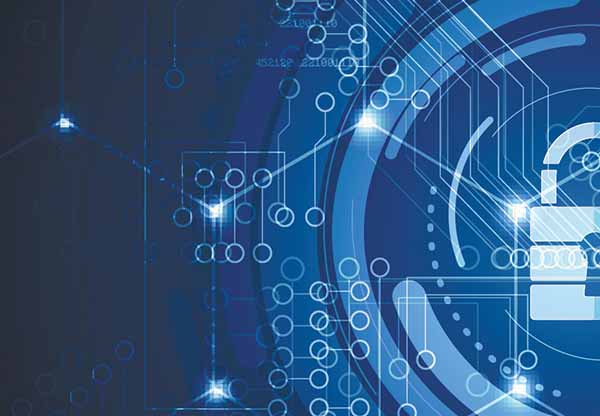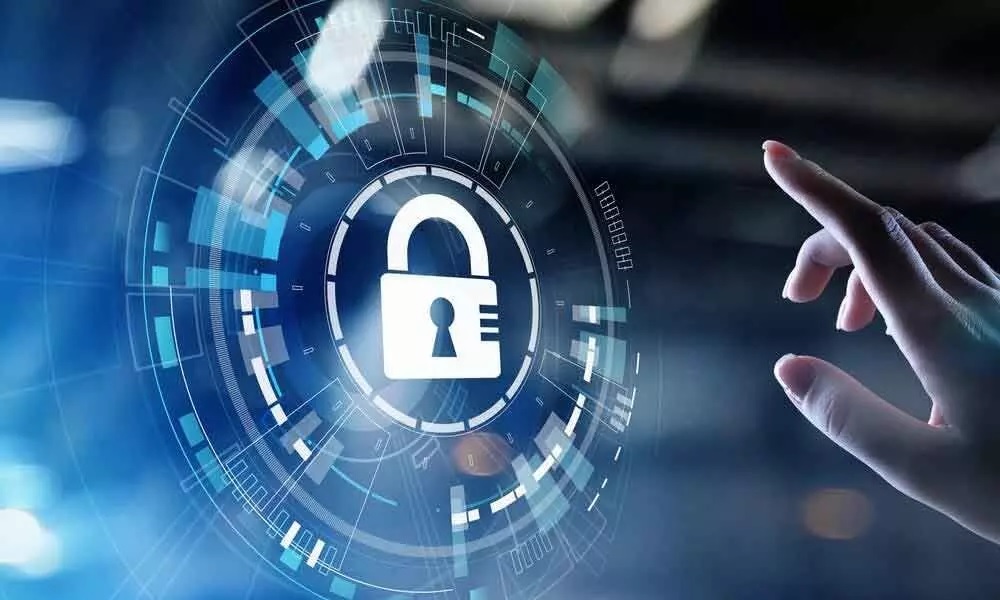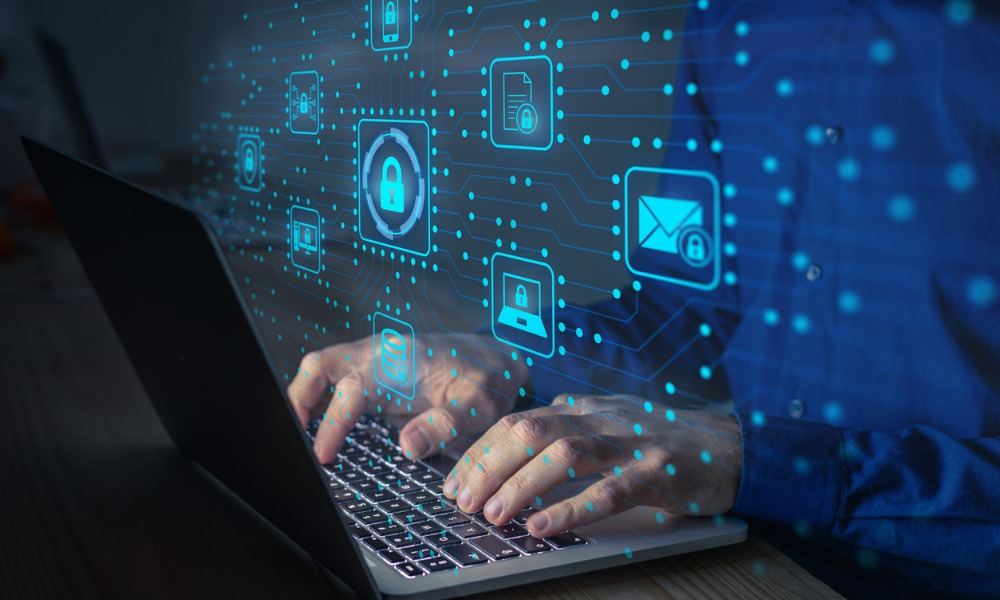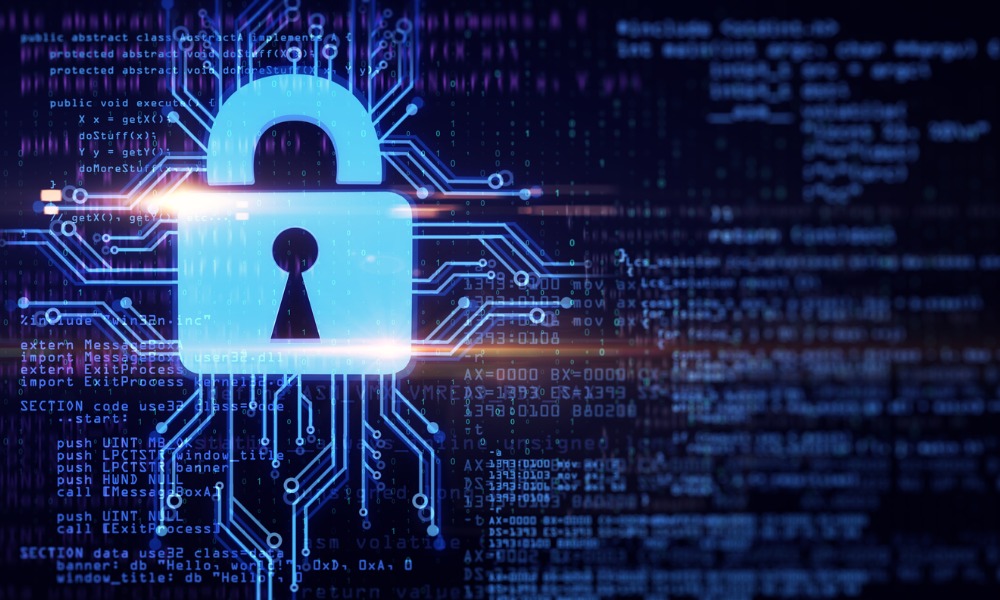The Internet of Things (IoT) has revolutionized the way we interact with technology. With the increasing number of connected devices, it is essential to maintain good cyber hygiene to protect ourselves from cyber threats. Cyber hygiene refers to the best practices to keep our digital assets secure, including passwords, software updates, and data backups.
Why is Cyber Hygiene Important?

Cyber threats are becoming more sophisticated, and cybercriminals are continually looking for vulnerabilities to exploit. The consequences of a cyber-attack can be severe, including financial losses, reputational damage, and legal implications. In the age of IoT, where devices are connected to the internet and collect vast amounts of data, the risk of a cyber-attack is greater than ever.
Cyber hygiene is essential to reduce the risk of a cyber-attack. By implementing good cyber hygiene practices, we can protect our devices, data, and privacy. Good cyber hygiene practices also help to prevent the spread of malware and other cyber threats to other devices connected to the same network.
10 Best Practices for Good Cyber Hygiene
Here are ten best practices for good cyber hygiene:
- Use strong and unique passwords for each device and account
- Enable two-factor authentication
- Keep software and firmware up to date
- Use antivirus and anti-malware software
- Regularly backup important data
- Secure your Wi-Fi network with a strong password and encryption
- Be cautious of suspicious emails and websites
- Limit the amount of personal information you share online
- Dispose of old devices securely
- Regularly review privacy settings on social media and other online platforms
The Future of Cyber Hygiene
The importance of cyber hygiene will continue to grow as the number of connected devices increases. The rise of the Internet of Things has created new opportunities for cybercriminals to exploit vulnerabilities. It is essential to stay vigilant and implement best practices for good cyber hygiene to protect ourselves and our digital assets.
As technology evolves, it is also important for individuals and organizations to educate themselves on the latest cyber threats and best practices for cybersecurity. Cybersecurity is a shared responsibility, and by working together, we can create a safer digital environment for everyone.
The importance of cyber hygiene cannot be overstated, especially in the age of IoT. By implementing good cyber hygiene practices, such as using strong passwords, enabling two-factor authentication, and keeping software up to date, we can protect ourselves from cyber threats and create a safer digital environment. The future of technology is exciting, but it is essential to stay vigilant and prioritize cybersecurity to reap the benefits of innovation without compromising our digital security.




